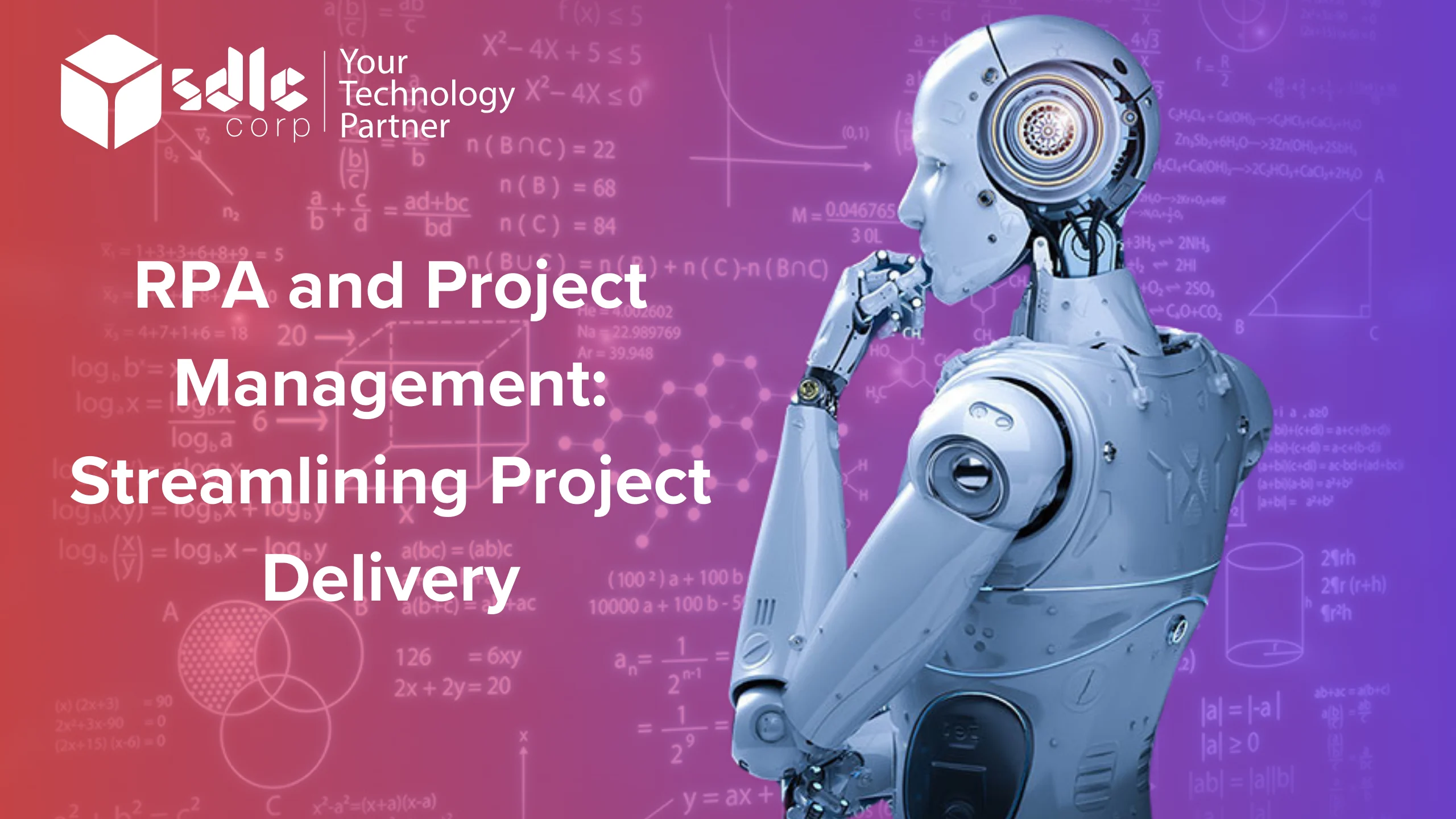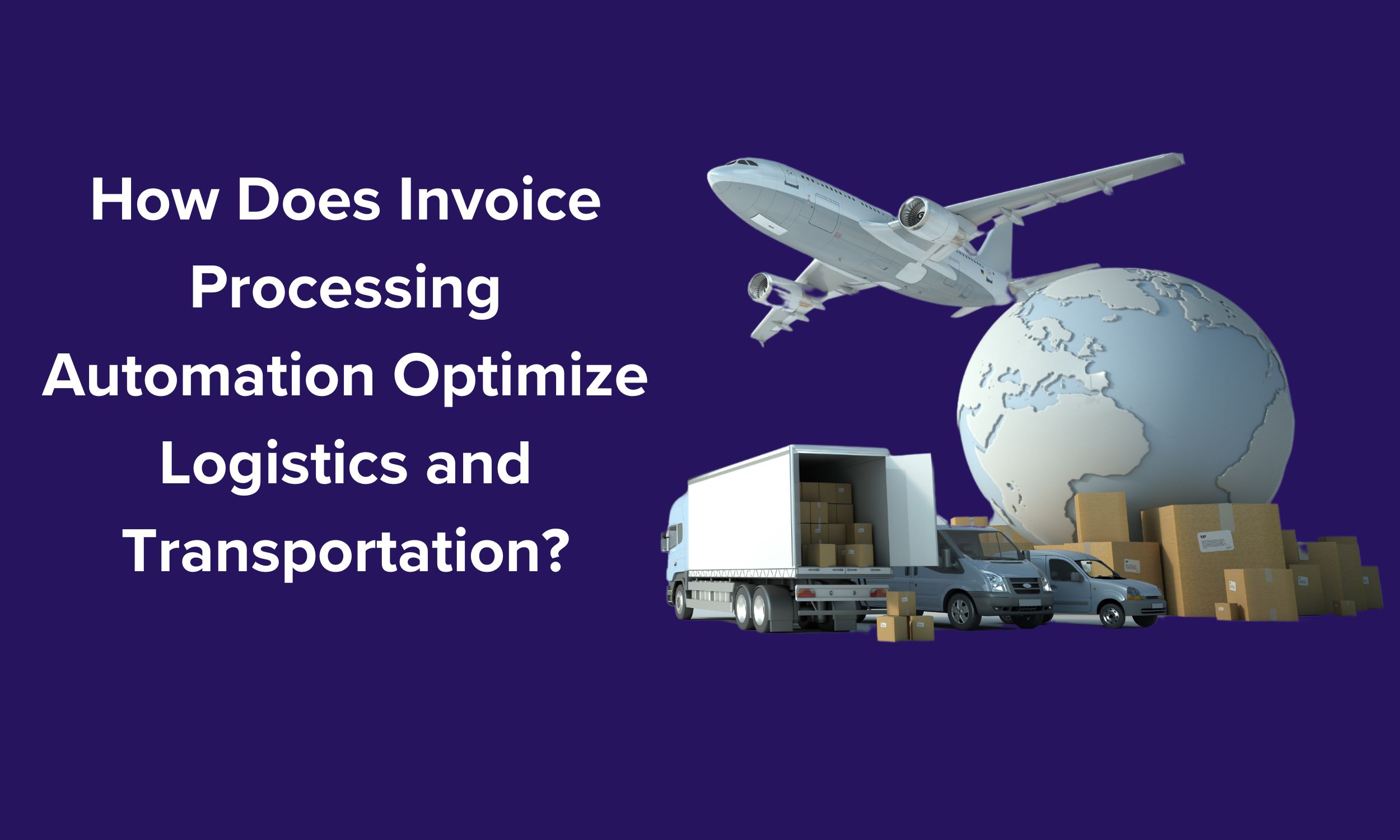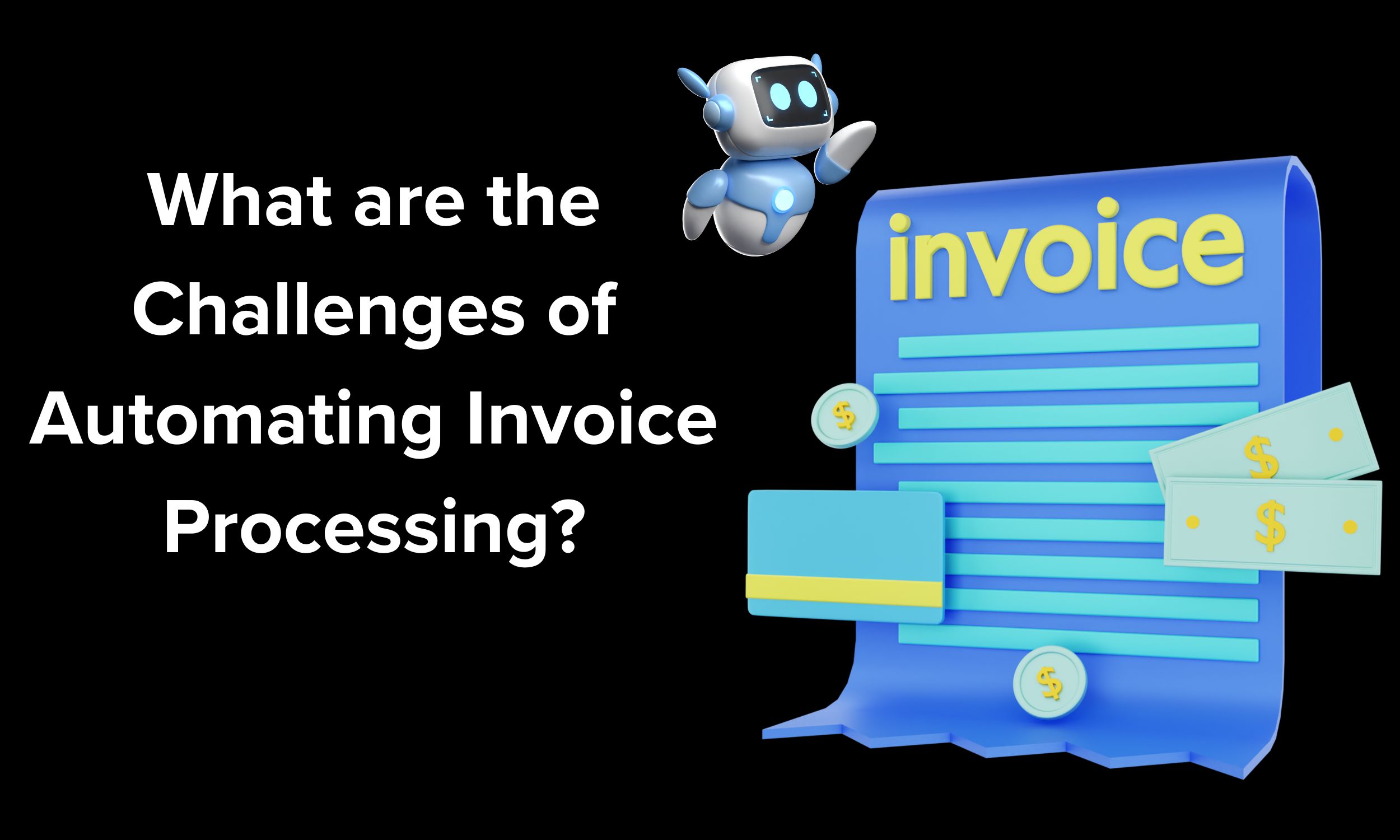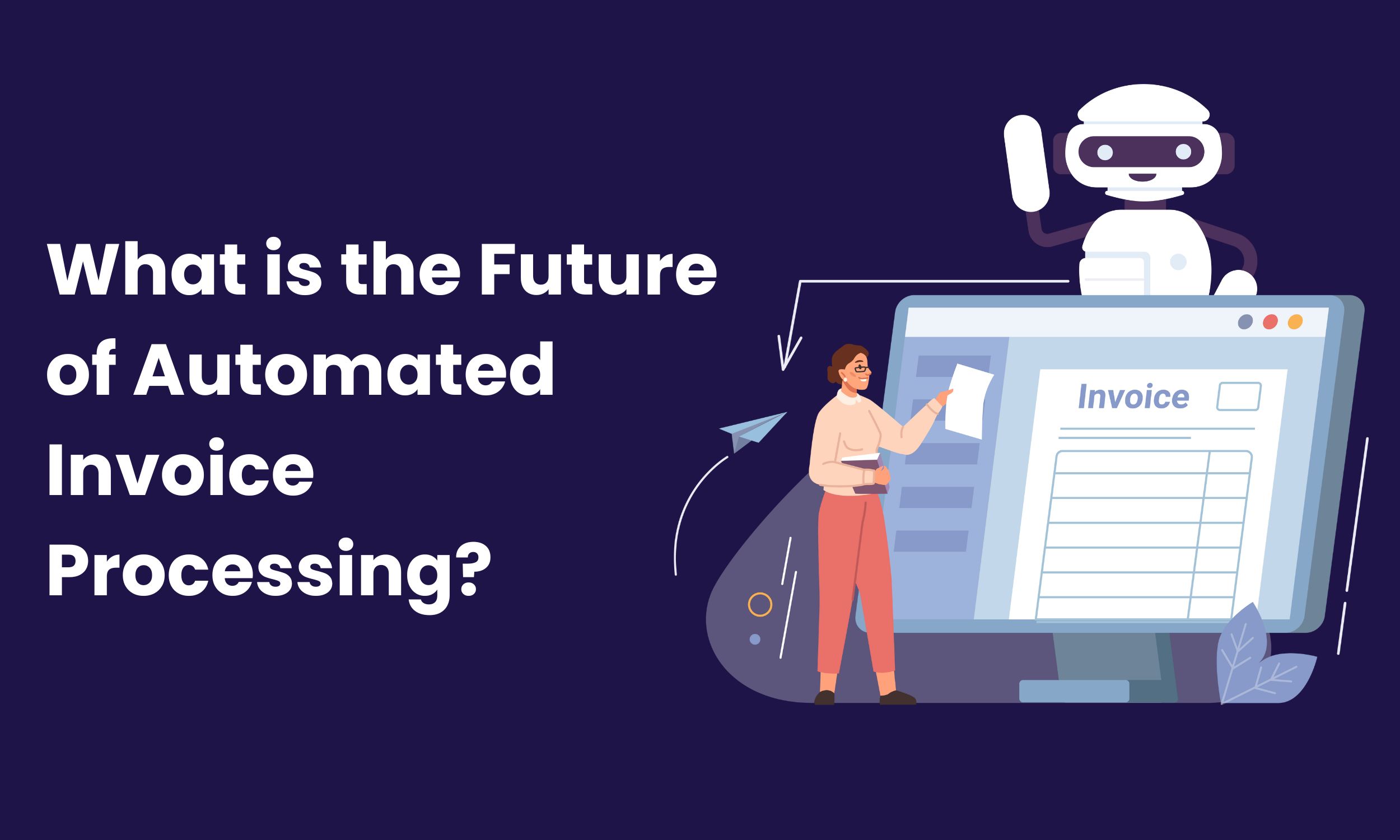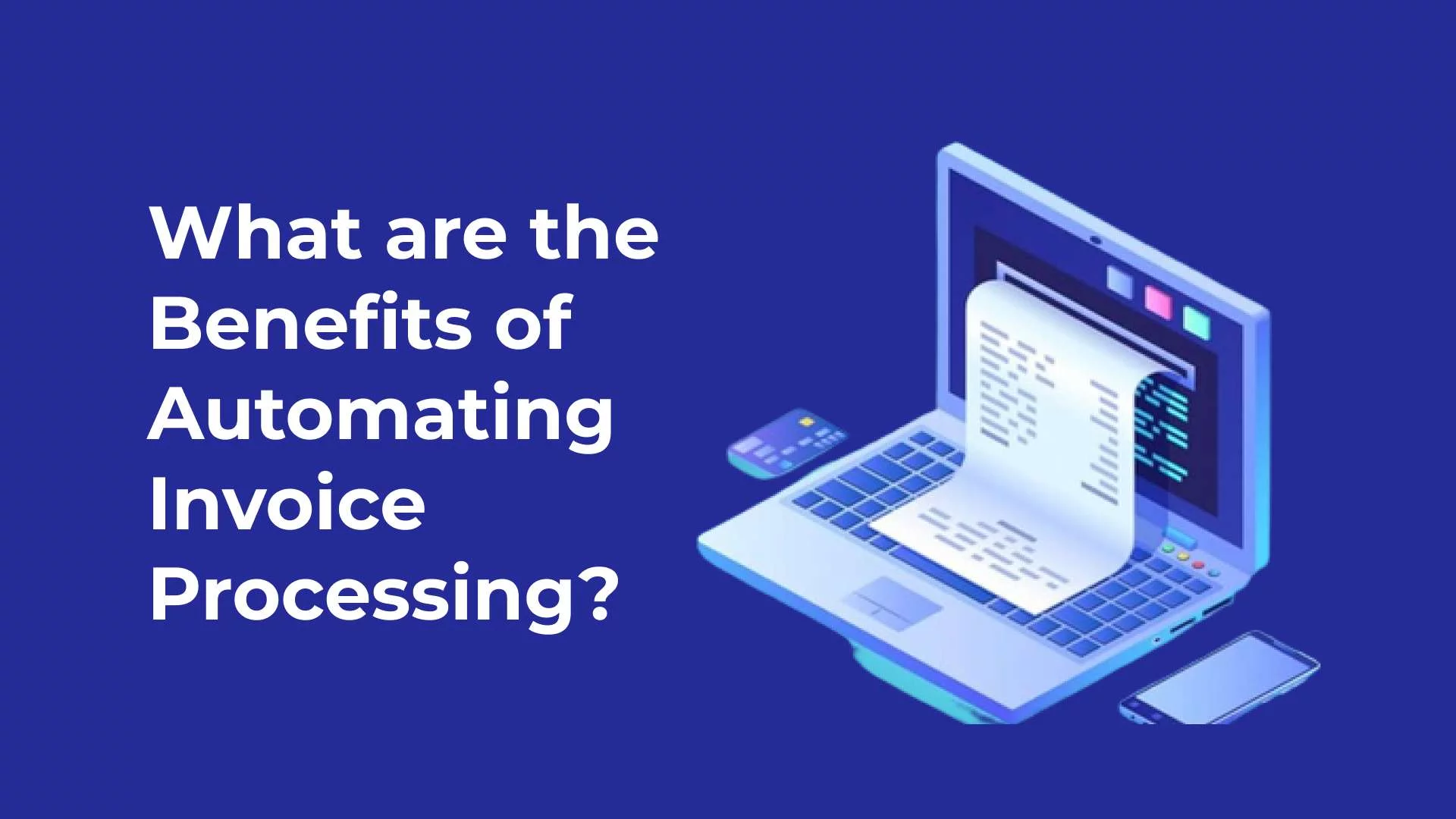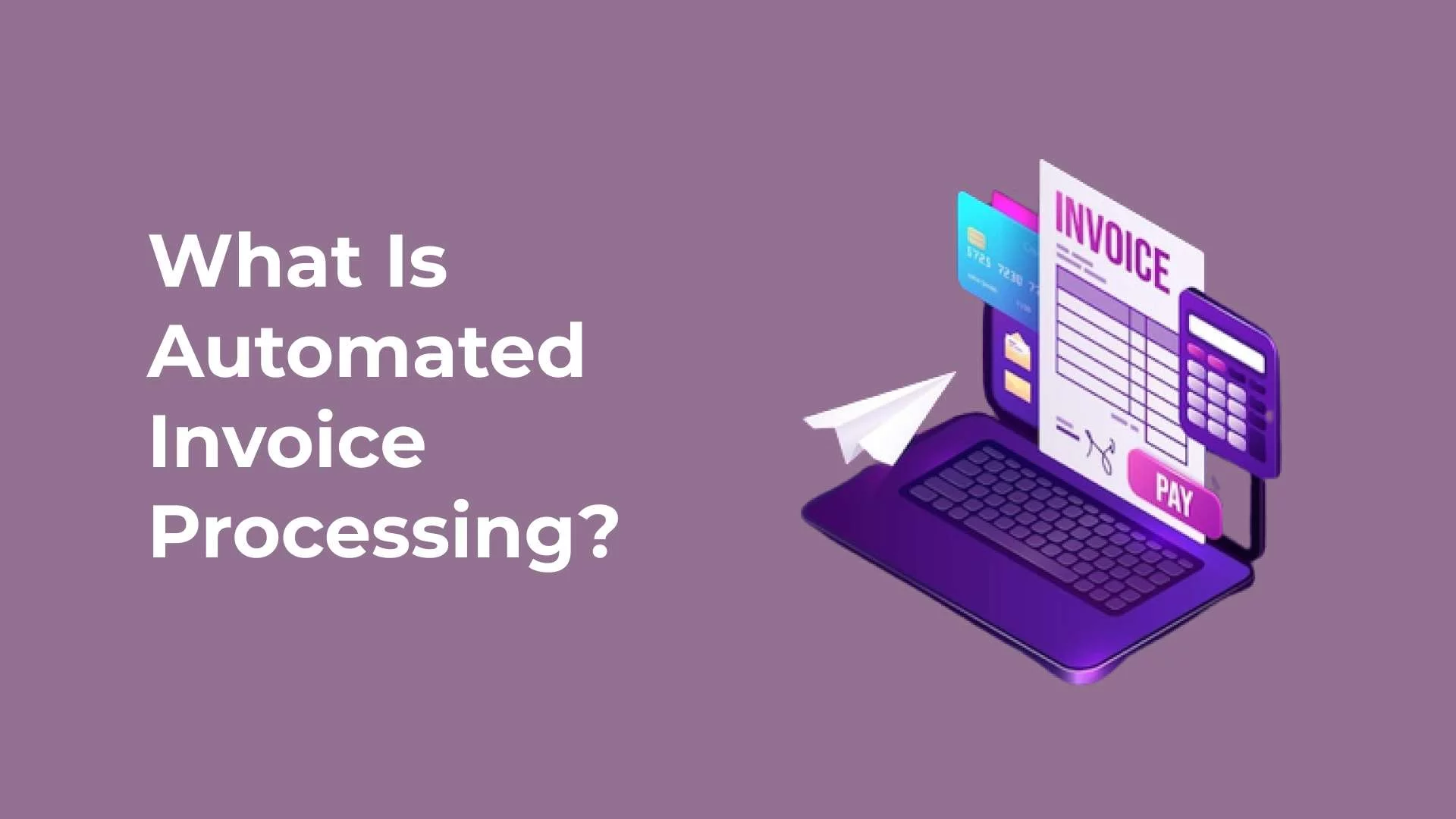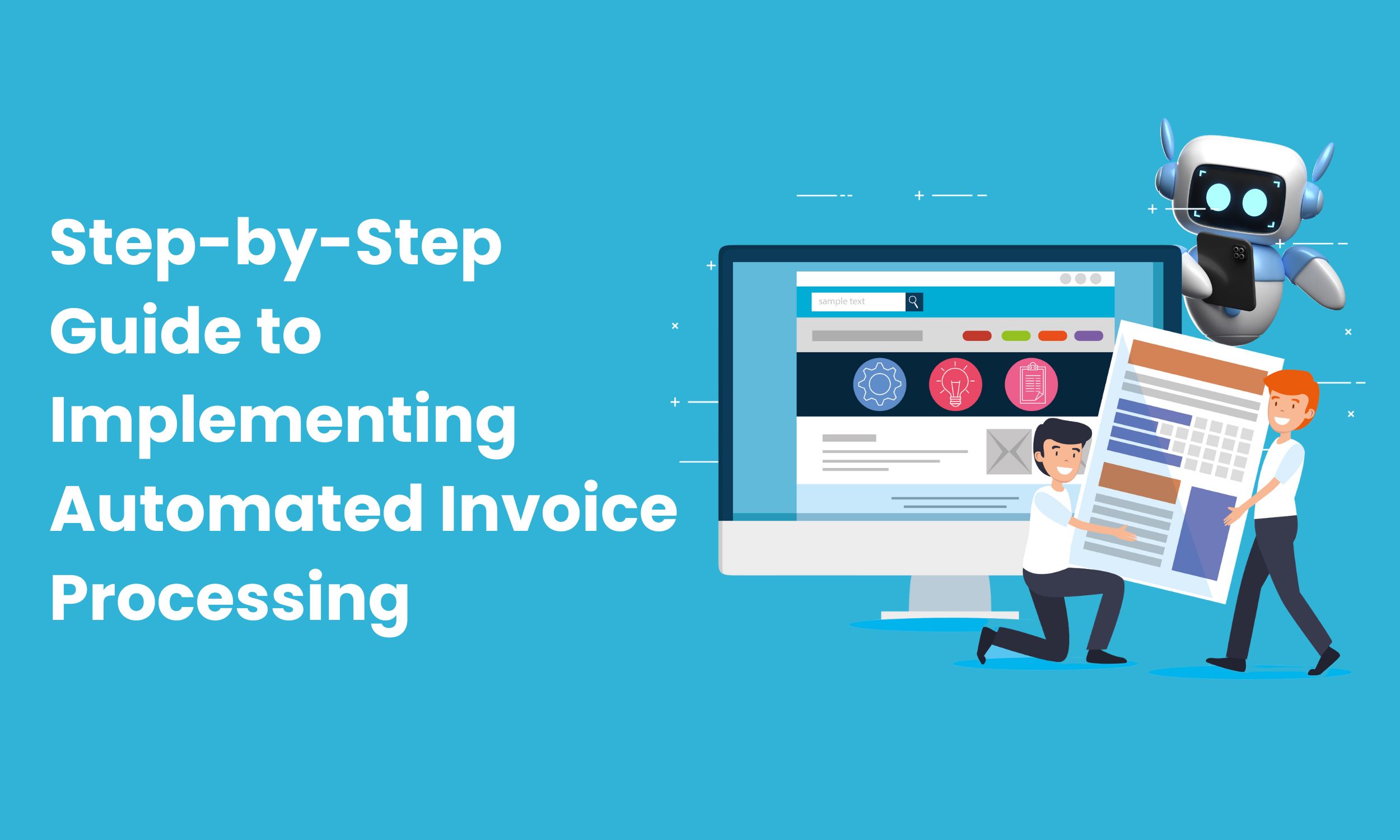RPA and Project Management : Streamlining Project Delivery
RPA and Project Management: In today’s fast-paced business world, companies always look for new ways to increase productivity and efficiency while minimizing costs.
Robotic Process Automation (RPA) is a method that has become more popular in recent years. With RPA, routine and time-consuming tasks are done automatically by software robots.
When used with project management methodologies, RPA can streamline project delivery and help organizations achieve their goals more effectively.
In this section, I’ll make several recommendations about best practices and the skills needed to apply and use advanced technologies for better project delivery successfully.
Automation and other advanced technologies, such as artificial intelligence (AI), will not replace project management as a practice; however, project managers must evolve and constantly develop their technical skills to use these technologies in conjunction with the interpersonal aspects of project management.
Indeed, many aspects of project management or the software development life cycle (SDLC) could be automated. However, as the first proponent of the Agile Manifesto stated, “Individuals and interactions over processes and tools”.
Advanced Technology Project Managers Must Have Critical Abilities.
Project managers should constantly improve their technical knowledge and skill set. Even if you’re a nontechnical PM focusing on the project’s business side, having meaningful conversations with the development team would be highly beneficial.
Automation Anywhere, Blue Prism, and UiPath are examples of RPA technologies that can provide solid frameworks for learning key concepts.
Understanding the fundamental principles underlying application or system design methodologies can help you manage your tasks more effectively.
For example, for a given design architecture, you can assess the overall durations and resources needed for a given set of tasks and make suggestions based on expected timelines and resource capacity.
Some high-level examples of system design methodologies that can provide a framework for further research include object-oriented analysis and design (OOAD) — a method or framework for designing a business process or a system through visual modeling — and domain-driven design (DDD) and layered application development with layers such as application/presentation.
Numerous classes and certifications available can provide additional knowledge and credibility in RPA. (Read more about RPA vs. AI: Understanding the Differences and Similarities)
Explore our other insights!

RPA and Cybersecurity: Ensuring Data Protection
RPA and cybersecurity : Ensuring data protection Robotic Process Automation (RPA) has been gaining widespread adoption in recent
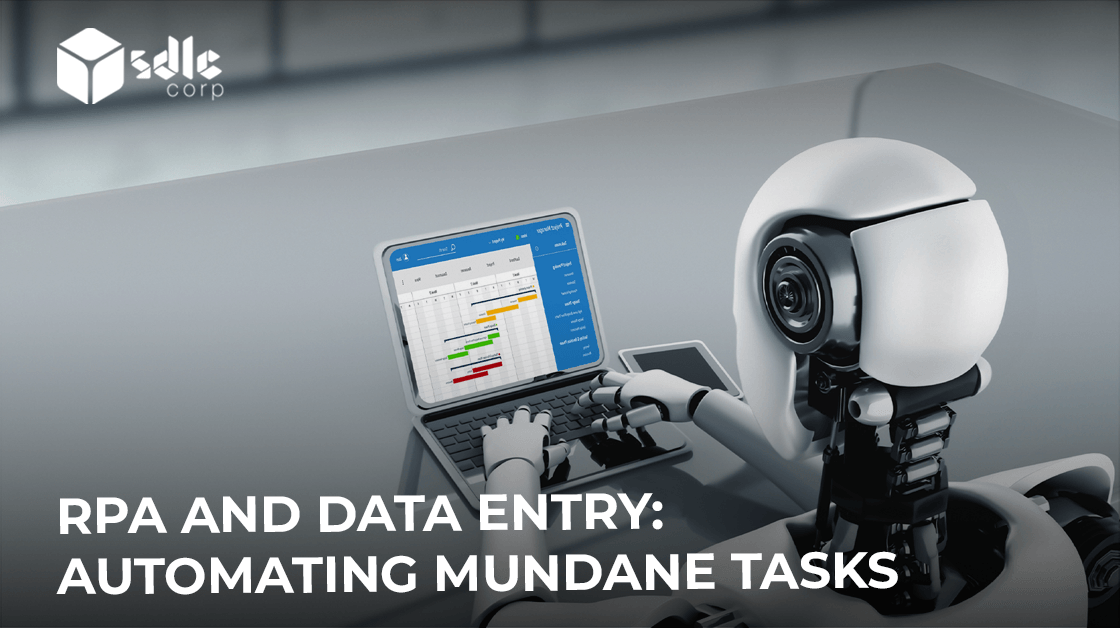
RPA and Data Entry: Automating Mundane Tasks
RPA and data entry : Automating mundane tasks RPA for Data Entry: In today’s digital age, businesses constantly
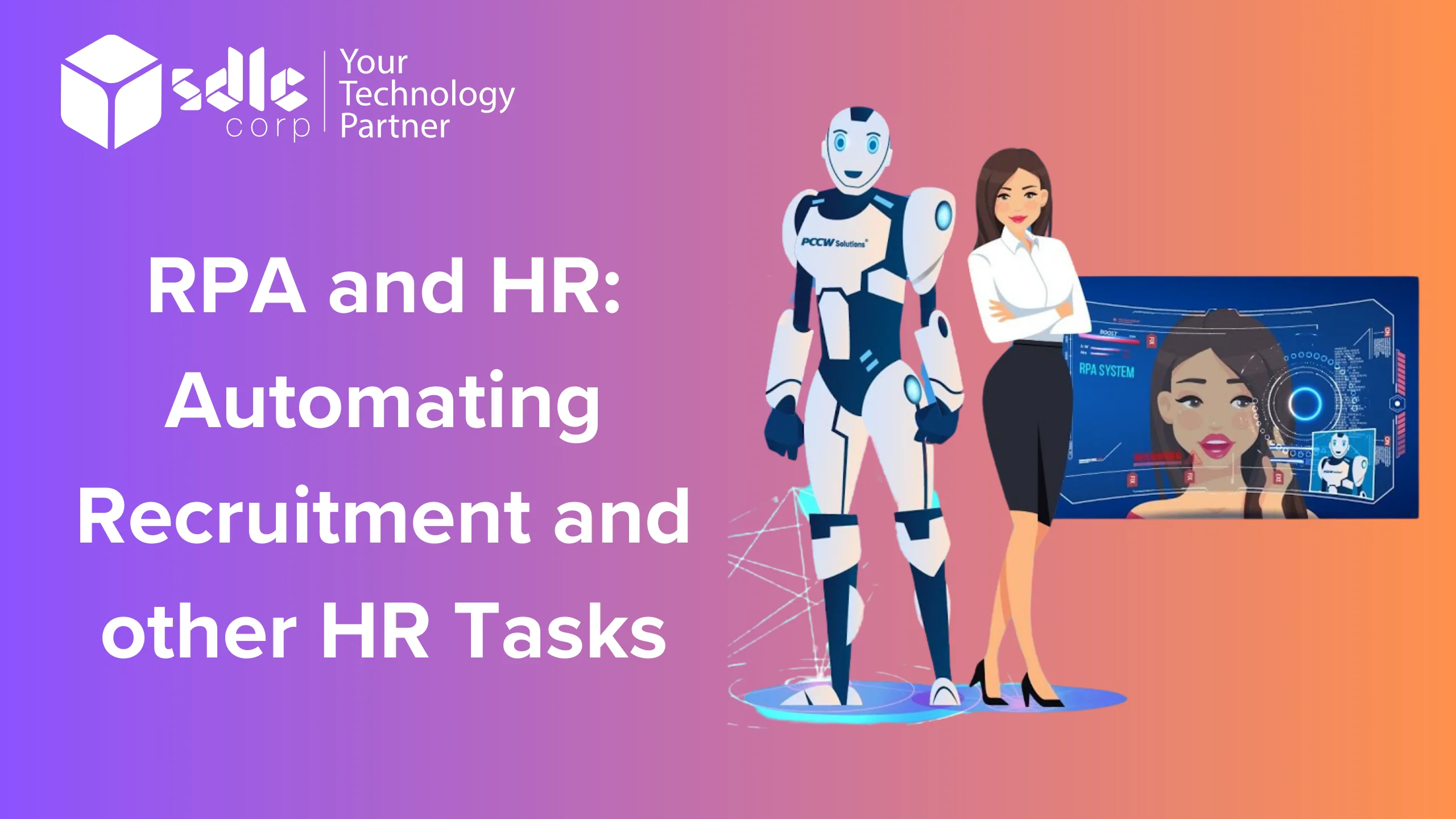
RPA and HR: Automating Recruitment and other HR Tasks
RPA and HR : Automating Recruitment and other HR Tasks Robotic Process Automation (RPA) has changed the game
Enhance Project Efficiency: Embrace RPA for Seamless Management!

AI and Machine Learning for Resource Control
Organizing resources and determining how much they can accomplish are the most crucial stages of the project management life cycle. Many businesses have well-defined databases of specific roles and pre-existing templates with MS Project for project managers, which provide a solid foundation for analyzing data for potential automation.
In addition, AI can be a powerful tool in building predictive models based on the historical performance of comparable tasks, whether you need to crash the schedule or fast-track it. However, this would necessitate a diligent and consistent effort to compile a historical database of all previous successful and unsuccessful initiatives.
RPA is based on historical data, and project managers must carefully drive the project closure stages. As a result of automating specific repetitive duties, your staff has more time to make project-centric decisions that favourably influence its delivery. Several recommendations exist for project managers working on advanced technology projects or who want to transition into leading company-wide transformation efforts.
First, it is critical to establish a repository of historical data used in each project, whether you are conducting a retrospective session with your Agile team or a lessons-learned committee after the completion of a project.
RPA and AI should follow the five lean principles: recognize value, map the value stream, generate flow, establish pull, and strive for perfection. Each PM considering RPA should strive to adapt to some of these lean principles to build a more robust framework for handling RPA projects.
Benefits of RPA in Project Management
One of the main benefits of RPA is that it can be used to automate tasks across different departments and functions. RPA, for example, can be used to automate data entry tasks usually performed by administrative personnel.
This frees up their time focusing on more complex, specialized duties. At the same time, project managers can access the data more quickly and accurately, enabling them to make informed decisions based on real-time information.
Another advantage of RPA is that it helps reduce the time taken to complete tasks, enabling project managers to deliver projects more quickly.
RPA, for example, can automate software application testing, reducing the time required to spot bugs and issues. This helps to ensure that the project is delivered on time and that the end product meets the business requirements.
Furthermore, RPA can help to improve project quality by reducing the likelihood of errors and inconsistencies. By automating tasks such as data entry, RPA eliminates the risk of errors that can arise from manual data entry. This ensures that the data used to inform project decisions is accurate and reliable, helping to improve project outcomes.
Drive Project Success: Unlock Efficiency with RPA!

Here Are Some Stats and Analytics That Demonstrate the Impact of RPA on Project Management
- According to Grand View Research, The estimated CAGR from 2021 to 2028 for the worldwide RPA market, which had a value of USD 1.1 billion in 2020, is 33.6%.
- A survey by Deloitte found that 53% of organizations that have adopted RPA have seen a positive impact on their productivity and efficiency.
- Another survey by UiPath found that 87% of RPA adopters achieved ROI within their first year of implementation.
- A study by McKinsey & Company found that RPA can reduce process time by up to 90%, resulting in significant time and cost savings.
- A report by the Everest Group found that RPA can reduce process costs by up to 65%.
- According to Gartner, the adoption of RPA is expected to grow, with the market projected to reach USD 2.9 billion by 2022.
- RPA can also help to improve project management by automating repetitive and time-consuming tasks, allowing project managers to focus on more strategic activities.

Conclusion
Robotic Process Automation (RPA) has become an increasingly popular tool for streamlining project delivery. By automating repetitive tasks and reducing the likelihood of errors, RPA can help project managers to deliver projects more quickly and to a higher standard. As such, businesses that embrace RPA in project management will likely achieve better outcomes and a competitive edge over those that do not.
FAQs
1. Can RPA replace human workers in project management?
No, RPA cannot replace human workers in project management. While RPA can automate repetitive tasks, it must maintain human project managers’ strategic thinking and decision-making skills.
2. How can RPA be implemented in project management?
RPA can be implemented in project management by first identifying the tasks that can be automated. Then, the appropriate RPA software can be selected and integrated with existing project management tools.
3. What are some examples of RPA in project management?What are some examples of RPA in project management?
- Automating data entry for project budgets.
- Automating report generation for project status updates.
- Automating communication between project team members.
4. Are there any risks associated with using RPA in project management?
The risk of using RPA in project management includes data security risks, technical glitches, and the potential for job displacement. Therefore, it is essential to carefully evaluate these risks before implementing RPA in project management.
5. What skills are needed to work with RPA in project management?
Skills needed to work with RPA in project management, including knowledge of project management principles, familiarity with RPA software, and the ability to identify tasks that can be automated.
6. How can I learn more about RPA in project management?
You can learn more about RPA in project management by attending training programs, reading industry publications, and networking with other project managers who have experience with RPA.

